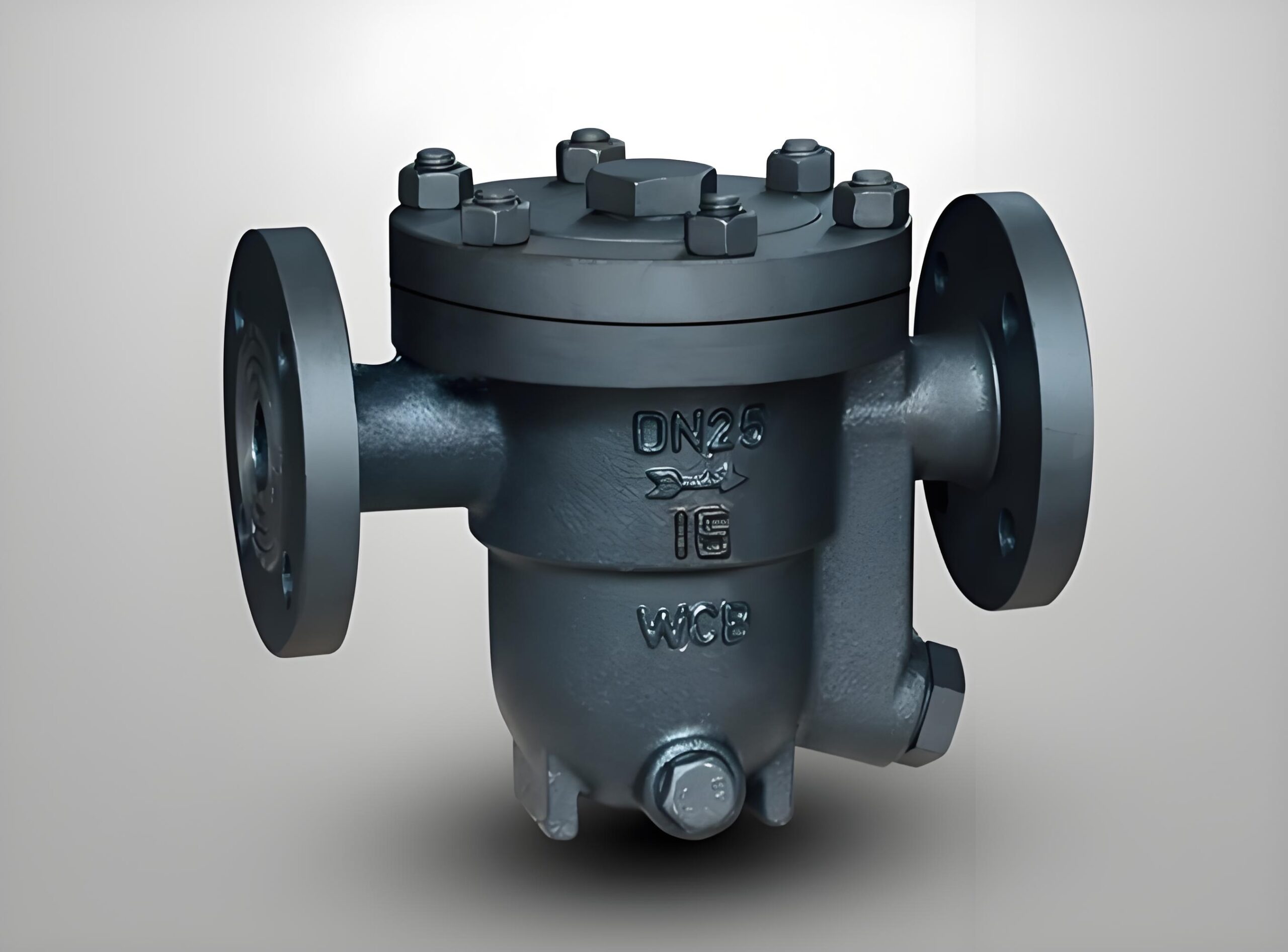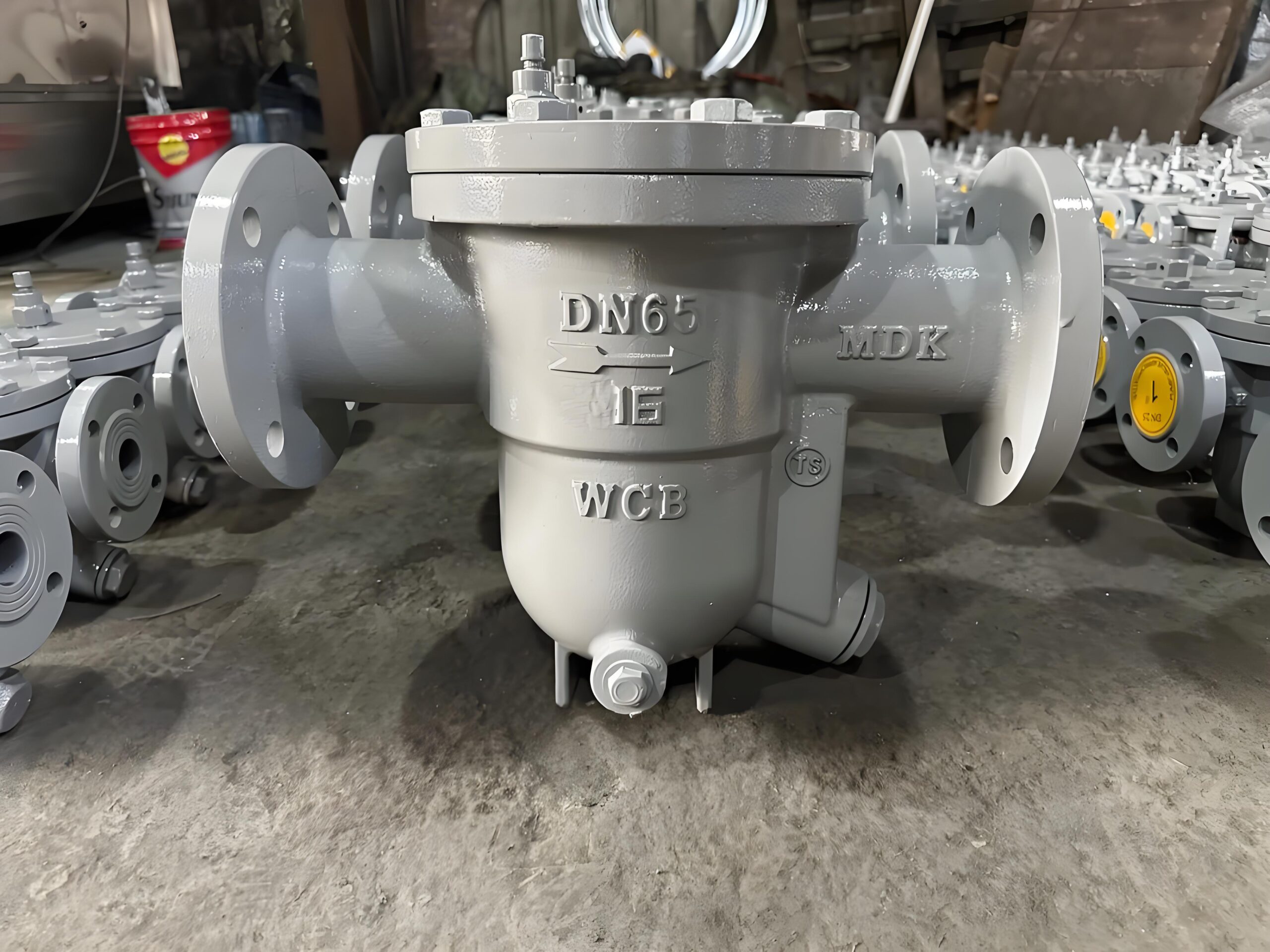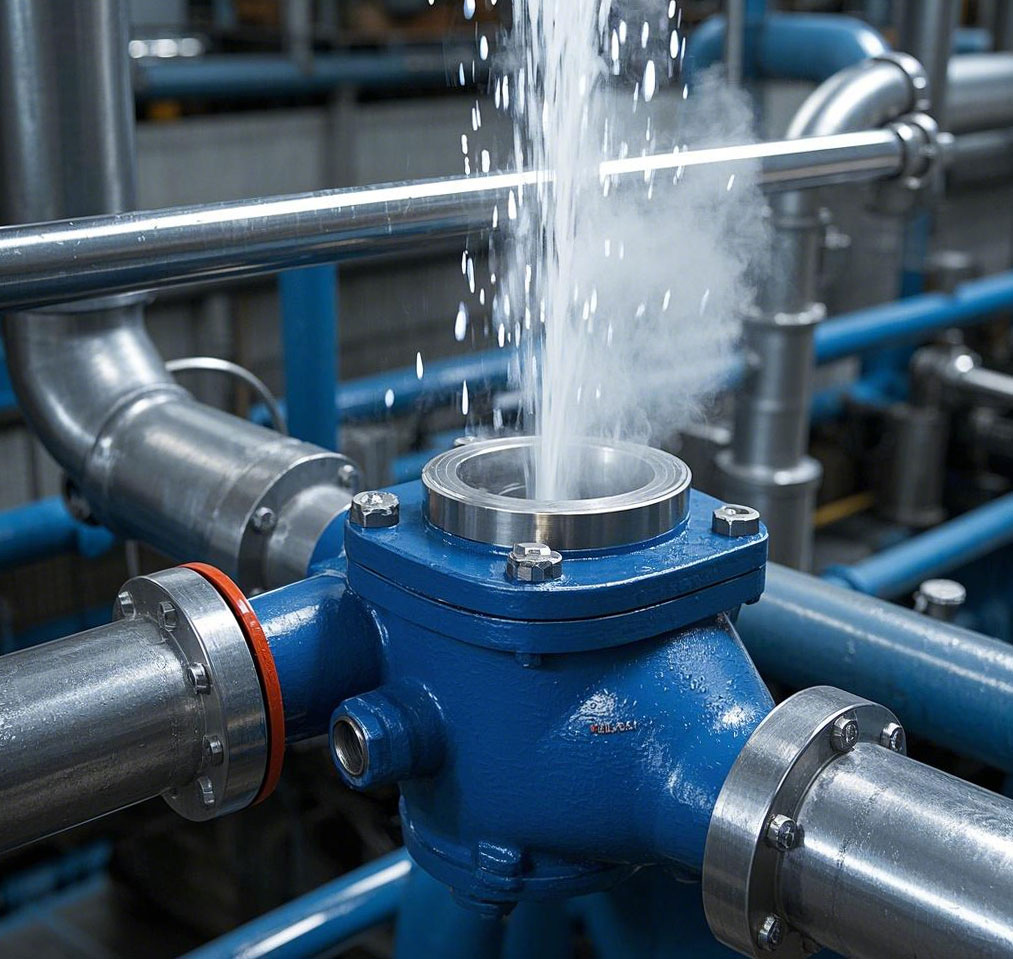In order to properly select a steam trap, we need to consider the following key factors:
Determine the differential pressure:
There is a differential pressure between the inlet and outlet of a steam trap, and this differential pressure is determined by the actual operating conditions. The inlet pressure is the lowest operating pressure that may be encountered at the inlet of the steam trap, which is usually due to fluctuations in steam pressure or the throttling effect of a thermostatic valve. The outlet pressure, on the other hand, is the highest working back pressure that may develop after the steam trap. If the trap is discharged into the atmosphere, the actual differential pressure depends on the inlet pressure.
Selection is based on the amount of condensate:
Steam heating equipment produces a certain amount of condensate during normal operation. In order to select the proper steam trap, we need to calculate this amount of condensate and multiply it by a correction factor k. The correction factor k is designed to take into account the effect of various actual conditions on the amount of condensate.
Calculation of Condensate Volume:
Pipeline condensate water: Q = q0 × L × (1 – Z%), where Q is the amount of condensate, q0 is the amount of condensate produced by the light pipe, L is the distance between the hydrophobic point, Z is the insulation efficiency.
Equipment condensate water: Q = V × r × C × △T / (H × t), where V is the volume of the object to be heated, r is its density, C is the specific heat of the liquid, △T is the temperature rise of the liquid, H is the latent heat of the vapor, t is the heating time.
Selection of correction factor K:
Table 1 lists the values of the correction factor K for common operating conditions, and these values can be used as a reference for our selection.
Selection of a suitable steam trap:
Different types of steam traps differ in structure and principle, so their performance may also vary. When selecting a type, we need to choose the right steam trap for the specific application.
By following these steps, we can more accurately select the right steam trap for our needs, thus ensuring the stable operation of the steam heating system.
Steam Trap Selection Guide



